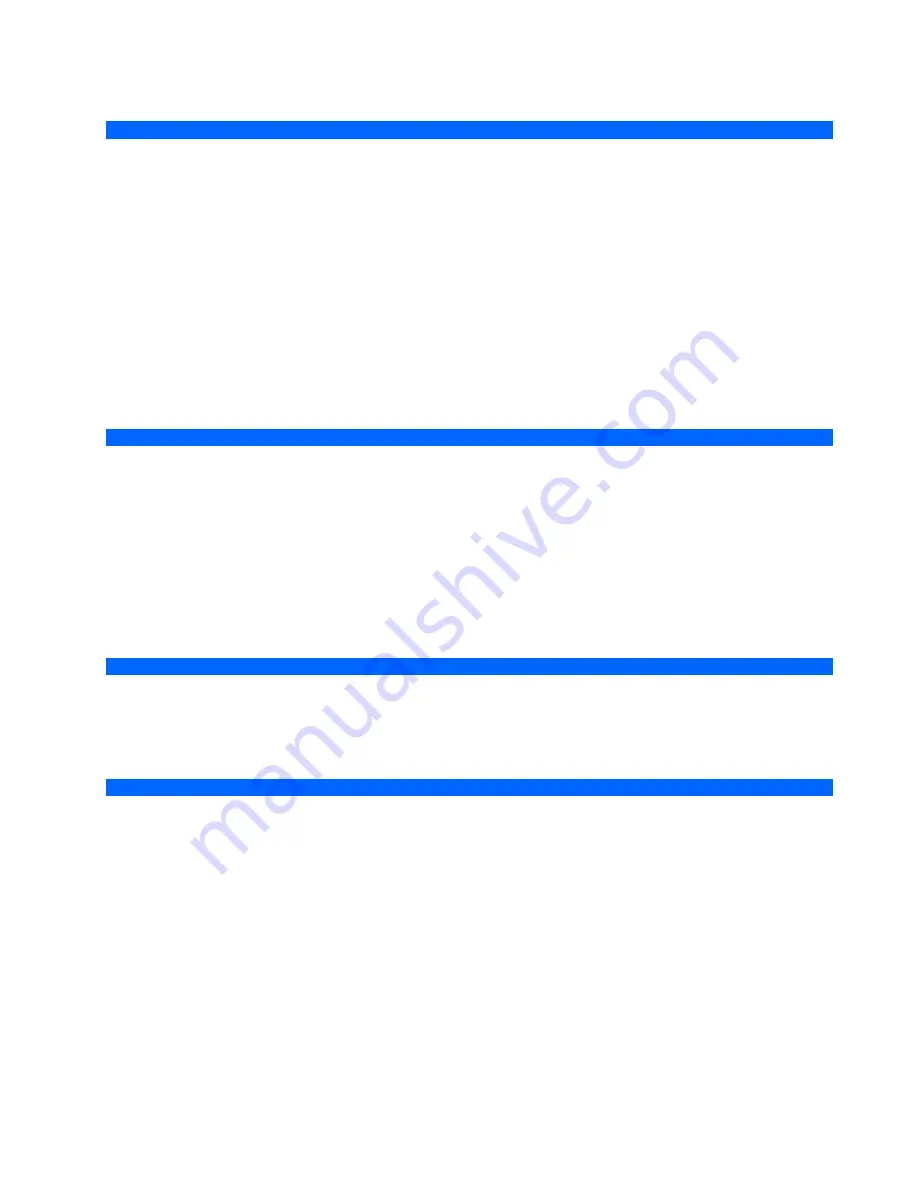
Liquiflo
Installation, Operation & Maintenance Manual
Poly-Guard
®
Series MAG-DRIVE Gear Pumps
Models P1 thru P9, Close-Coupled
9
3.4
Strainers & Solids Handling
1) Liquiflo gear pumps have very close internal clearances and are designed to pump relatively clean fluids. The
entrance of foreign material could cause damage or rapid wear to pump components. While occasional small
particles may not be catastrophic to the pump,
the use of a strainer on the inlet will prevent large
particulates from entering the pump
. Large particulates can become lodged into the roots of the gears,
causing a sudden failure. If small, abrasive particles are present, they can get in between the shafts and
bearings, which will accelerate or increase wear over an extended period of time. If the strainer clogs with
material and is not properly maintained, the pump may be starved of liquid, causing a loss of flow and
damaging the pump via dry-running.
2) The maximum particle size capable of being passed by the pumps is 37 microns.
Regardless of particle size,
these pumps are intended for relatively clean liquids
where the general concentration of solids is limited to
1% by volume. Higher concentration may cause the wear rate to increase, resulting in a decrease in pump
performance. In addition to solids concentration, the specific wear rate also depends on the size, shape and
hardness of the particles, the operating speed and the materials used to construct the pump. Since wear rate is
proportional to the square of the speed, slower operating speeds will substantially increase the pump
’s lifetime.
3.5
Pressure Requirements
1)
The pump should be operated with at least 15 PSI (1 bar) differential pressure
to ensure that the pumped
fluid is forced into the sleeve bearings, which are lubricated by the pump fluid. If adequate discharge pressure
is not available, a back pressure valve (BPV) can be used to generate sufficient pressure.
2) All pumps require sufficient NPSH (Net Positive Suction Head) to function properly. The NPSH available in the
system is the difference between the available suction pressure at the pump inlet and the vapor pressure of the
fluid (which depends on the fluid temperature). Each pump model has its own NPSH requirement (see Table 1 on
page 4).
The NPSH available in the system must be greater than the NPSH required by the pump
or the
pump will go into cavitation, resulting in decreased flow, increased noise emission and potential damage to
internal components.
3.6
Controlling the Flow
A gear pump is a positive displacement pump, and flow
cannot
be controlled by throttling the discharge valve.
Adjusting the motor speed
using a VFD (Variable Frequency Drive) is the most common method for controlling flow.
Fluid viscosity and differential pressure will also have an effect on the flow rate.
3.7
Motor Selection
1) The motor frame size is part of the pump model coding and is selected at the time the pump is ordered.
Pedestals and outer magnet hubs are available to fit NEMA 56C, 143TC, 145TC, 182TC & 184TC, and IEC 71,
80, 90, 100 & 112 (with B5 flange) motor frames. NEMA 182/184TC and IEC 100/112 B5 motor frames require
an adapter plate to mount the motor to the bracket (see page 29 and
Appendix 1
). The adapter plate is
provided when required.
2) The motor speed and power rating are usually determined at the time the pump is ordered to meet the specified
conditions of service. The power requirement of the application depends on the flow rate, differential pressure
and fluid viscosity. Up to 100 cP, the pump performance charts can be used to determine the brake horsepower
(BHP) required for the application. Motor sizing and selection is further influenced by: constant torque ratios,
coupling method, enclosure requirements and speed limits due to viscosity. For sizing of viscous fluid
applications or for more assistance in general selection, contact the local distributor or Liquiflo.










































